I have been waiting for this week. It is festive time, last week of the month and last month of the year! And one more reason is I am doing Revisiting old posts with new pictures for Blogging Marathon #23, Week 4.
When I started blogging, I used to post 1 recipe / article a week. I was almost due with Lil Angel when I started this blog and wanting to take things easy till life settles, I started off with simple dishes like Idli.
I did enjoy what I did, but looking back now, I feel those posts did not get enough recognition.Not any visit and hardly any comments. But that does not deter me. I wanted to make those posts better with brighter clips and better instructions.So when this theme came up, I literally grabbed it so that I can give a make over to those recipes.
The first one is this idli. Idli to any South Indian is a soul food or comfort food. It is also one of the weaning foods for infants. But as kids grow up their tastes change and they prefer crunchy dosas and puffed up pooris. But for most of the adults, idli is one of the preferred breakfast dish.
This dish is a very simple preparation using rice and lentils, whereby we get the required amino acids from both the pulse and cereal thereby getting the complete protein required by the body. It is very easy to digest since it is steamed and thereby a preferred food for infants and the elderly.
In most of the wedding dinner / breakfast feast, idli still finds its place along with the other gourmet dishes. It is one the trio in the ‘Idli-vadai-pongal’ set.
There are numerous types of idlis like….
- Kancheepuram idli
- Maligai poo idli [Named after the jasmine flower]
- Rava idli
- Wheat rava idli
- Kushboo idli [Named after a famous Indian actress]
- Vermicelli idli
- Sago Idli
- Vegetable Idli
- Oats Idli
- Stuffed idli, etc
In this post, I want to give a step by step instruction to grinding and preparing idli . Many are not aware of the ingredients or the difference in taste when the ingredients are substituted. So I am explaining that too here…..
First a bite into the super, soft and fluffy idlis…
Generally, to make idli, idli rice is preferred. When other rice varieties are used we do not get the preferred texture and taste of the original dish
Whole urad dhal is used.It gives the fluffiness to the idli. Still some people used the black husked whole urad dhal. It is said that the idlies made with this type of dhal is ore soft. But the processing is cumbersome. The black urad dal is soaked and through several changes of water, the husked is washed away using the fingers to remove the husk and then is ground. Nowadays, most people use de-husked whole urad dhal…
Fenugreek is used in small quantities and it too adds to the sponginess. Fenugreek is also a body coolant. Adding too much of this will impart a bitter taste to the idli.
We use rock salt instead of the regular table salt. Many households use the table salt. The choice is yours….
Here is how you prepare soft and fluffy idlis…
I use:
Idli rice – 4 cups
Whole white urad dhal – 1 cup
Fenugreek seeds – 1 teaspoon
Salt to taste
1.Soak urad dhal and fenugreek seeds in a vessel with enough water.
2.In another vessel soak rice. The soaking time can be a minimum of 5 hours to overnight depending on the climate. If it is too cold, soak for a longer period.
3.Once they are soaked, rinse out the water and grind the urad dal + fenugreek in a grinder.]You can use your blender / mixie / mixer but the idlis will not be soft].Add water little by little while grinding.It should not be too watery. Also don’t add water right at the start. Keep sprinkling a handful as you grind.
4.After around half an hour [depends on the quantity and the grinder ] , the urad dhal mixture will be well ground without any trace of the pulse and more than double in volume.It will be silky to touch.
5.Remove this into a LARGE vessel.
6.Next rinse and drain out the water from the rice and grind it to a paste.
7.Add water little by little while grinding .Some like this rice batter to be a little coarse. I usually grind it to a fine paste.
8.Remove this into the vessel that you put in the urad paste.Add salt and mix well . Let it rest overnight or till it doubles in volume. The time varies depending on the climate. In cold climates, you will have to keep it over night, or leave it inside an oven with the light on. In warmer climates, 4-5 hours is sufficient.
Can you see how the batter has risen!
Mix this once again. Store in smaller containers and refrigerate .Use as required.
Idli stands are used to steam idlis. The traditional method makes use of steamers like the one below. The places have indentations that are perforated so the the steam penetrates through. Water is poured into the large vessel and a clean white cloth is spread over the plates. Idli batter is poured into the indentations,covered and streamed till done.
To test for done-ness, use a skewer / knife . If it comes out clean ,the idli is ready….
The plates are removed from the steamer and kept out to cool for a couple of seconds. A handful of water is splashed over it and the idlis are taken out and serves hot.
The usual side dishes are sambar , coconut chutney and tomato chutney / spicy red chutney , idli milagai podi or a spicy lentil spice mix…
The other day we had it with sambar, mint chutney and tomato-onion chutney, milagai podi mixed with sesame oil and South Indian Filter coffee…..
There is another unique way that grandma serves this. She heats a few tablespoons of sesame / gingelly oil and once its hot, put in a few teaspoons of mustard seeds. Once they pop, she pours it evenly over the whole batch of idlis . They are extremely tasty!!
Lil Angel prefers to have a little ghee smeared on top o each idli….
[In all the above clicks,curry leaves used here are just a garnish and are generally not served this way. I have used it to add color to the dish]
If you do not have the traditional idli steamer, use the idli stand like the one below…
Grease the moulds with a little oil and pour the batter into it. Steam till done.
If you don’t have any of these, pour the batter in small greased cups,leaving room for it to rise and steam. Enjoy the soft idlis in the cup!!
Check out the other Idli varieties in my blog…
I came across a new fruit a few days ago and quizzed everyone on it.Do take a look and leave your comment on PJ’s Mystery Files #2…
Take a look at the Blogging Marathon page for the other Blogging Marathoners doing BM#23

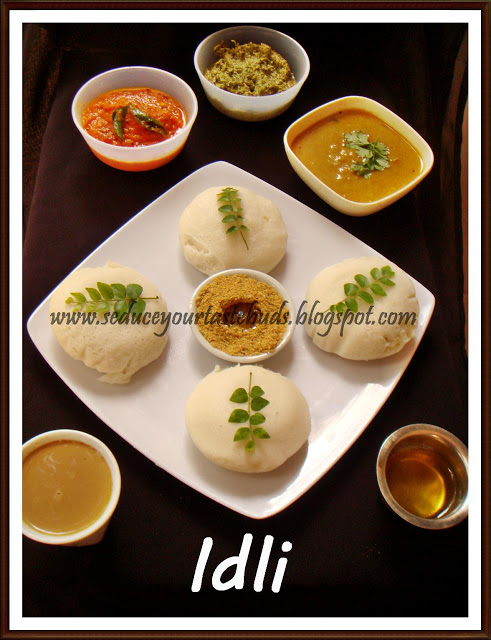
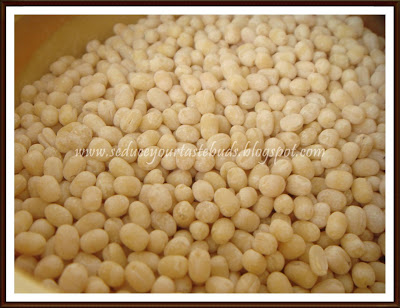
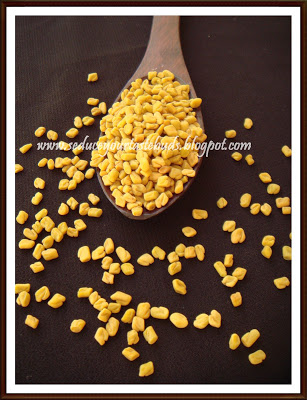
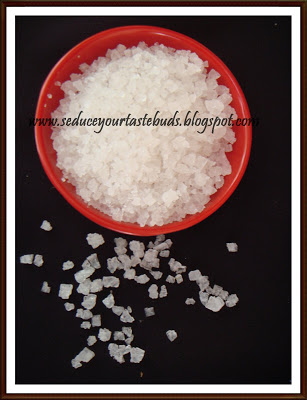
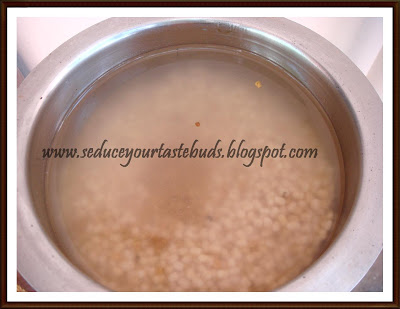
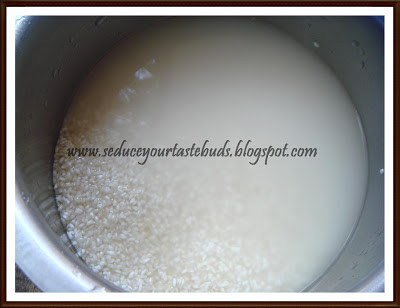
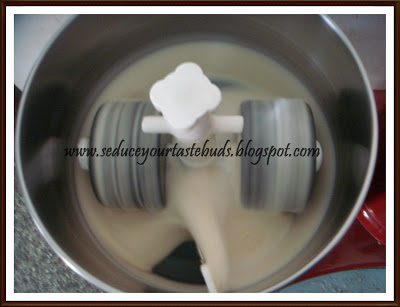
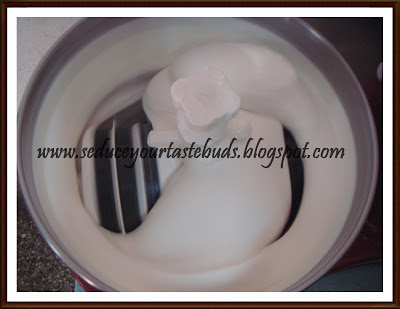
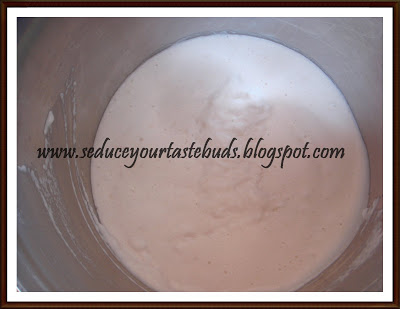
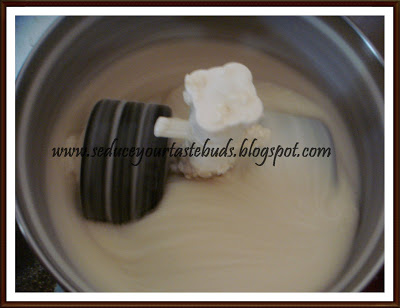
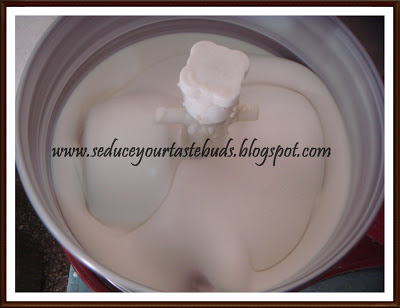
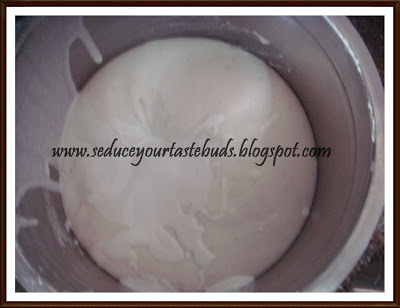
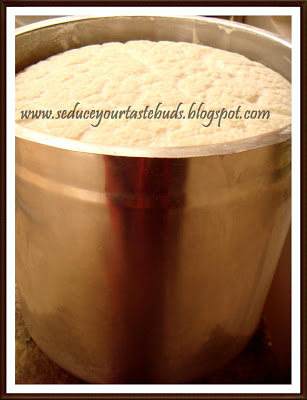
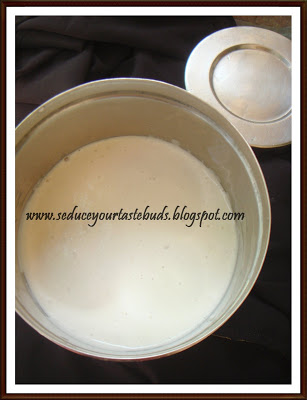
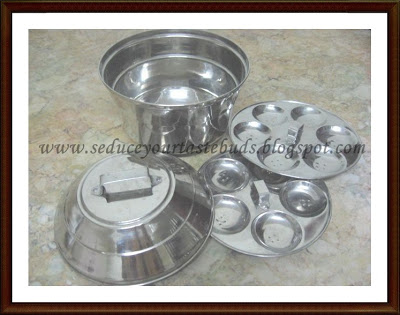

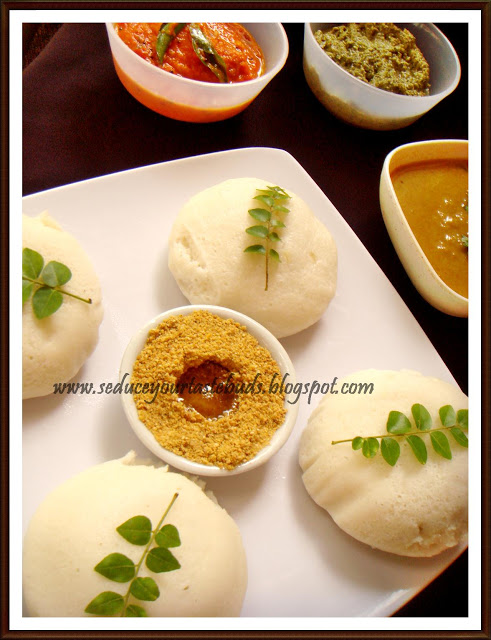
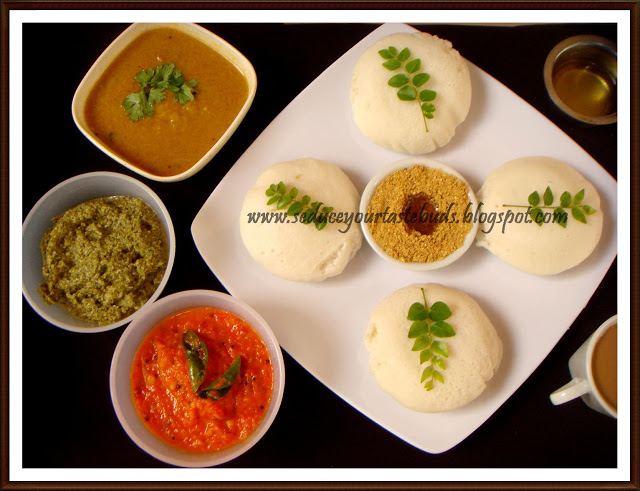
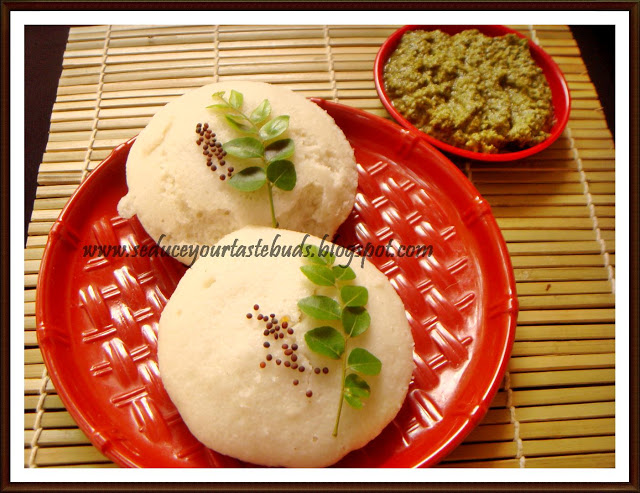


I love the step by step pictures and the effort you have put in to explain the whole process from scratch to finish :). Kudos to you for taking the efforts!
i agree with Rajani,, love the efforts you have taken to put up this post as always
How many ever times you serve or make at one, this will still always be the favourite!..I had been planning on a detailed post for a long time..good one PJ..:)
Fluffy idlys and the spread looks so tempting,wonderful presentation..
Super spongy idlies, never get bored of this food.Beautiful clicks.
You have made the very simple Idli post so detailed and so very explained…
Sowmya
Ongoing Event – Let's Party – Eggless Bakes and Treats
Ongoing Event – SYF & HWS – Ginger
Love all the details you give in this post. Even I could probably make idli
Unga veetu breakfast ku varalaama ? 🙂
Very useful one for the novice cooks. I use the same rice but in different quantity.
Excellent post on idlis. Love the presentation.